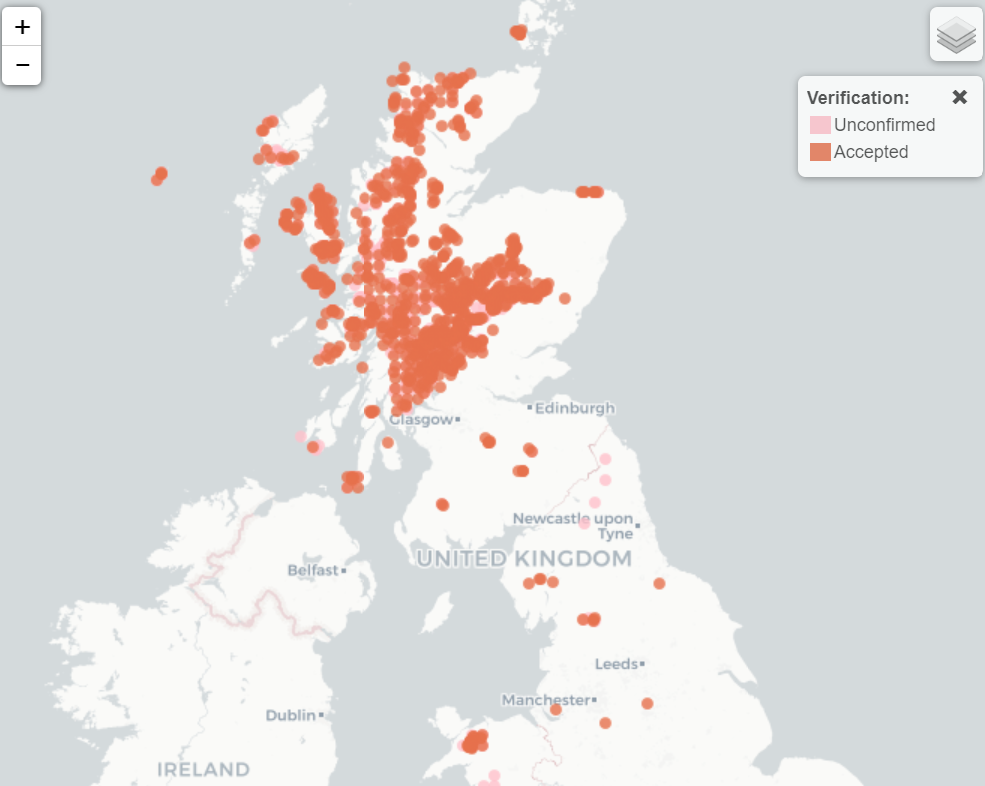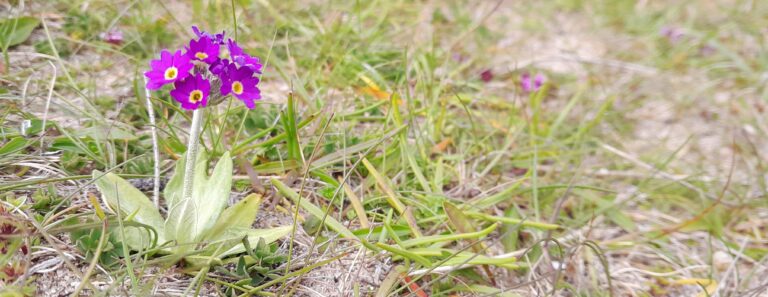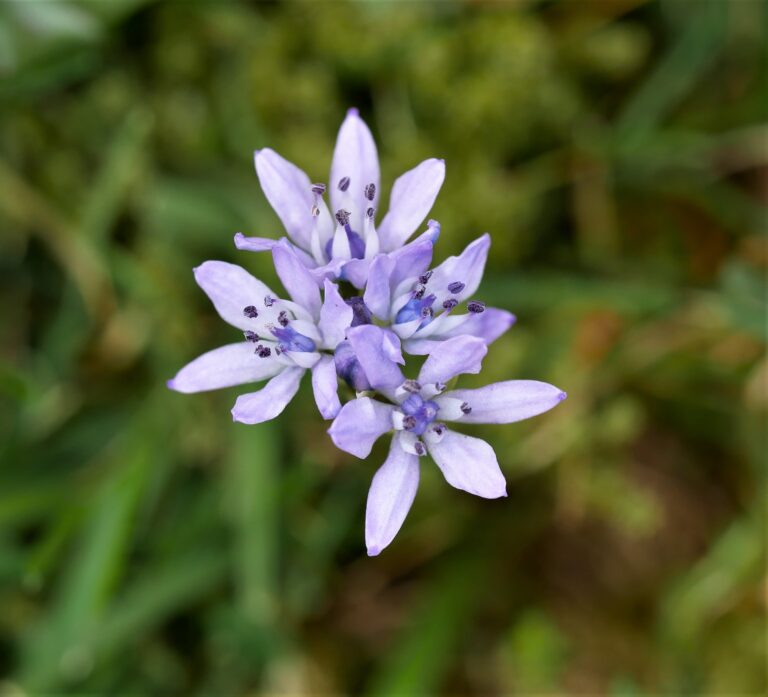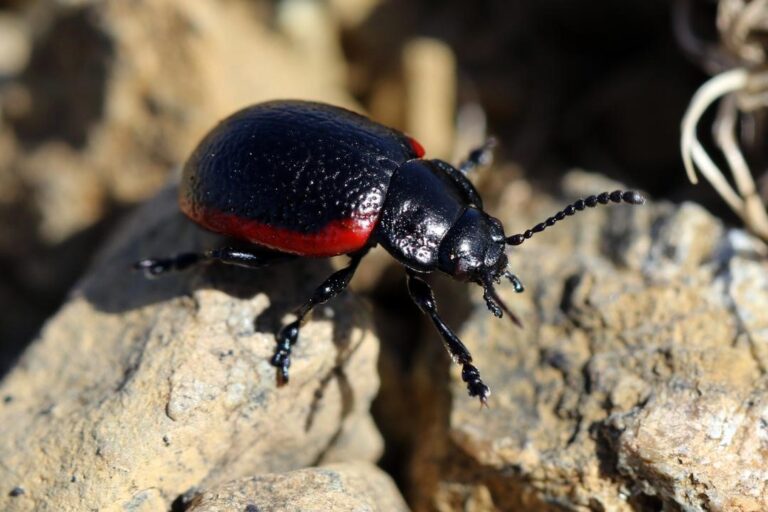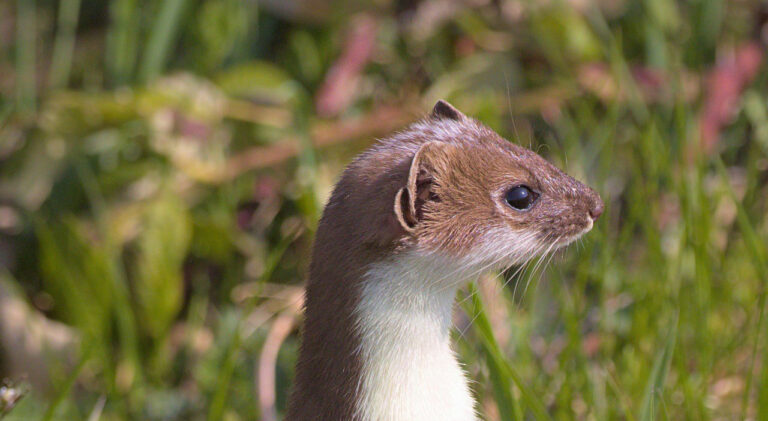Purple Saxifrage/Purple Mountain Saxifrage (Saxifraga oppositifolia)
General information
This species of saxifrage occupies moist, calcium-rich gravel areas in arctic and alpine environments. It also colonizes barren, exposed rock and damp crevices in cliffs.
Adapted to survive in some of the most inhospitable environments on earth, purple saxifrage is quite a special and exceptional plant. In the Swiss Alps it has been found growing at an elevation of 4505 m (14,780 ft), making it the highest elevation flowering plant in Europe. It is even known to grow on Kaffeklubben Island in north Greenland, the most northerly plant locality in the world.
It is very tolerant of frost and wind, growing throughout the arctic and on higher mountains farther south in North America, Europe and Asia. It is the first plant to flower in the Arctic spring, and stays in bloom for 10 to 14 days.


As well as on the mountain tops, here in north Sutherland it also grows at low altitudes, making the large bright purple flowers on rocks and cliffs easier to spot. At low altitude it starts to bloom in March, flowering later in the mountains. The pink/purple flowers, have 5 petals with well-rounded ends, some with a small blunt point. They seem almost too large for the tiny, creeping plants growing on base-rich damp vertical rock faces and scree. The small-opposite facing leaves look like scales around the stems. The flowers have purple petals and orange stamens and are over 1cm across.
This means it is sensitive to climate change and could be lost from the UK if global warming continues.
Distribution
The wider map on the left illustrates the largely north west Scotland distribution within the UK.
Although it is often found at higher altitudes, in north Sutherland it is also found at low level, coastal locations as illustrated by the map on the right.
Fascinating facts
Paleobotanists suggest that purple saxifrage evolved in a high alpine region, so it was well adapted to spread successfully into the arctic.
This plant has a very long life span. Its habit of growing low to the ground protects it against evaporation and abrasion by wind-driven sand or snow.
The presence of minute, rigid hairs on its leaf margins provide purple saxifrage with protection from drying, arctic winds – the hairs function to hold snow against the plant until a small snowbank can form to block the wind.
Is purple saxifrage edible? The flowers of the purple saxifrage have a sweet taste and are eaten especially in communities where berries are not abundant. When eaten, the flowers can help relieve gastric problems, but, as with all herbal remedies, if eaten in excess can cause complications. The stems and leaves can be used to make tea.
All images © Stephen Kirkup unless otherwise stated.
Updated: March 2024


